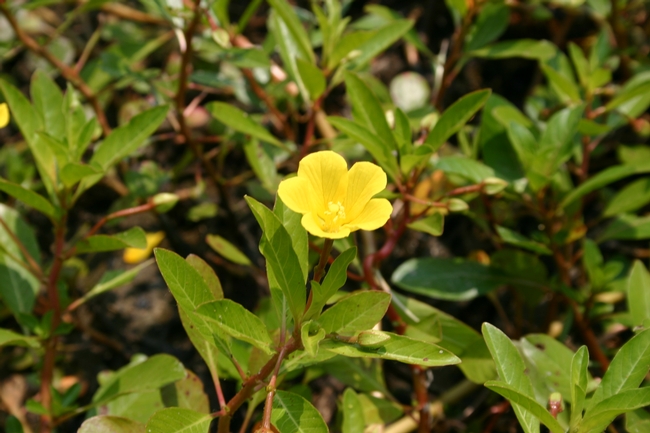
Posts Tagged: Aquatic Plants
Hydrilla eradicated in Shasta County
Occasional good news on the weed front... "SACRAMENTO — The California Department of Food and Agriculture (CDFA), working in cooperation with the Shasta County Agricultural Commissioner's office, has eradicated two hydrilla infestations within the cites of Redding and Anderson, ending a...
Growth potential of South American spongeplant at different temperatures
South American spongeplant (Limnobium laevigatum) is a free-floating, freshwater aquatic plant that has been introduced to the Sacramento-San Joaquin Delta. Spongeplant can propagate sexually through seed production and asexually through the development of stolons that produce new plants. This...
Waterprimrose shows disturbance-related dispersal along the Russian River
It may be widely understood that most aquatic and wetland weeds are spread by water currents, but the patchwork of colonizing exotic plants can be puzzling. Why do weeds establish in some places but not others? Generally, the number of propagules (seeds or plant fragments) moving in a watershed is...

Uruguay waterprimrose
Looking for the right herbicide for Egeria
We are doing a trial of eleven aquatic herbicides for their potential to control Brazilian waterweed (Egeria densa). The active ingredients being tested are bispyribac sodium, carfentrazone, copper-ethylenediamine complex, diquat, dipotassium salt of endothall, the dimethylalkylamine salt of...

Brazilian waterweed (Egeria densa) growing in a 40-gallon mesocosm at the USDA Aquatic Weed Research Facility, Davis. Photo by Christy Morgan, USDA.
The OTHER invasive elodea
On a conference trip to New Zealand in 2018, I was able to finally meet the final member of the invasive Elodea family, or Hydrocharitaceae. In the United States, we already have the invasive hydrilla (Hydrilla verticillata from Asia) and Brazilian elodea (Egeria densa). Not to be undone, we have...

Lagarosiphon NZ 2018
